The Role of Flavonoid-Based CropBioLife (CBL) in Enhancing Potential Growth and Yield of Sugarcane
- CropBioLife

- Aug 11
- 2 min read

Introduction
Sugarcane is a cornerstone of agricultural economies, particularly in tropical and subtropical regions. With increasing climate variability, soil nutrient depletion, and rising input costs, sustainable farming solutions are gaining traction. Among these, CBL (CropBioLife), a flavonoid-based biostimulant, is emerging as a promising tool for improving sugarcane health, productivity, and resilience—without the environmental burden of heavy chemical inputs.
What is CropBioLife (CBL) and Why Flavonoids Matter?
CBL is derived from naturally occurring flavonoids, which are plant-based compounds known for their antioxidant, anti-stress, and growth-enhancing properties. These compounds play a central role in plant signaling, immunity, and adaptation to environmental stresses. When applied as a foliar spray or soil drench, CBL works synergistically with the plant’s metabolic pathways, activating physiological responses that support stronger growth and improved sugar accumulation.
Key Benefits of CropBioLife (CBL) in Sugarcane Cultivation
Enhanced Photosynthesis and Sugar Accumulation
Flavonoids improve chloroplast function and light absorption, resulting in more efficient photosynthesis. This boosts sugar production within the plant, leading to increased brix levels and better stalk quality.
Improved Root Development and Nutrient Uptake
CBL stimulates root elongation and branching, allowing sugarcane plants to access a wider range of soil nutrients, particularly nitrogen and potassium. Enhanced nutrient absorption directly supports healthy growth and tiller formation.
Natural Disease Resistance Booster
Flavonoids in CropBioLife (CBL) act as bio-protectants, strengthening the plant’s natural defense mechanisms. This reduces susceptibility to common sugarcane diseases such as red rot, smut, and leaf scald—minimizing dependence on chemical fungicides.
Protection from Abiotic Stress (Drought & Heat)
Environmental stresses like high temperature and water scarcity significantly impact sugarcane yield. CBL helps plants maintain osmotic balance and regulate stomata, reducing water loss and protecting cellular integrity during stress.
Increased Tillering and Uniform Crop Stand
CBL supports the formation of more productive tillers and ensures a uniform crop population, both of which are critical for achieving high tonnage per hectare.
Faster Growth and Early Maturity
By optimizing the hormonal balance (especially auxins and cytokinins), CBL accelerates vegetative growth and helps sugarcane reach maturity sooner. This is beneficial for timely harvesting and crop rotation planning.
Better Juice Quality and Sucrose Recovery
One of the most valued outcomes of CropBioLife (CBL) application is enhanced sucrose content and juice purity, which translates to higher sugar recovery rates at the mill and improved profitability for farmers.
CBL Impact Summary for Sugarcane Farming
FACTOR | OUTCOME |
Photosynthesis | Increased sugar production |
Root Development | Stronger, deeper roots |
Disease Management | Lower fungal and bacterial infection |
Drought Tolerance | Improved plant hydration and cooling |
Tillering and Uniformity | More productive tillers, better spacing |
Maturity and Growth | Faster growth and early harvest |
Sugar Recovery | Higher brix and juice quality |
Conclusion
The use of flavonoid-based biostimulants like CBL marks a paradigm shift in sustainable sugarcane cultivation. By activating the plant’s inherent biological systems, CBL offers a natural yet powerful way to improve yield, quality, and stress resilience—critical factors in today’s unpredictable agricultural landscape.
As demand grows for environmentally safe and effective crop inputs, CBL stands out as a scientifically backed solution capable of enhancing productivity while preserving ecological balance. For farmers, researchers, and agribusinesses looking to future-proof their sugarcane operations, integrating CBL into the crop management strategy could prove to be a game-changer.






Comments